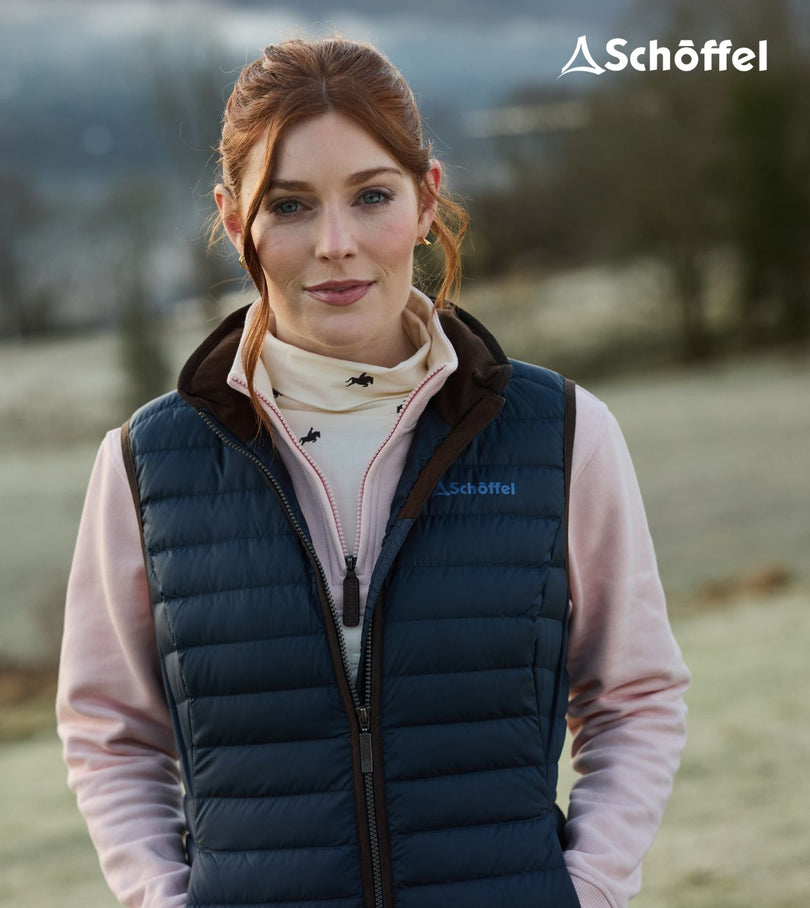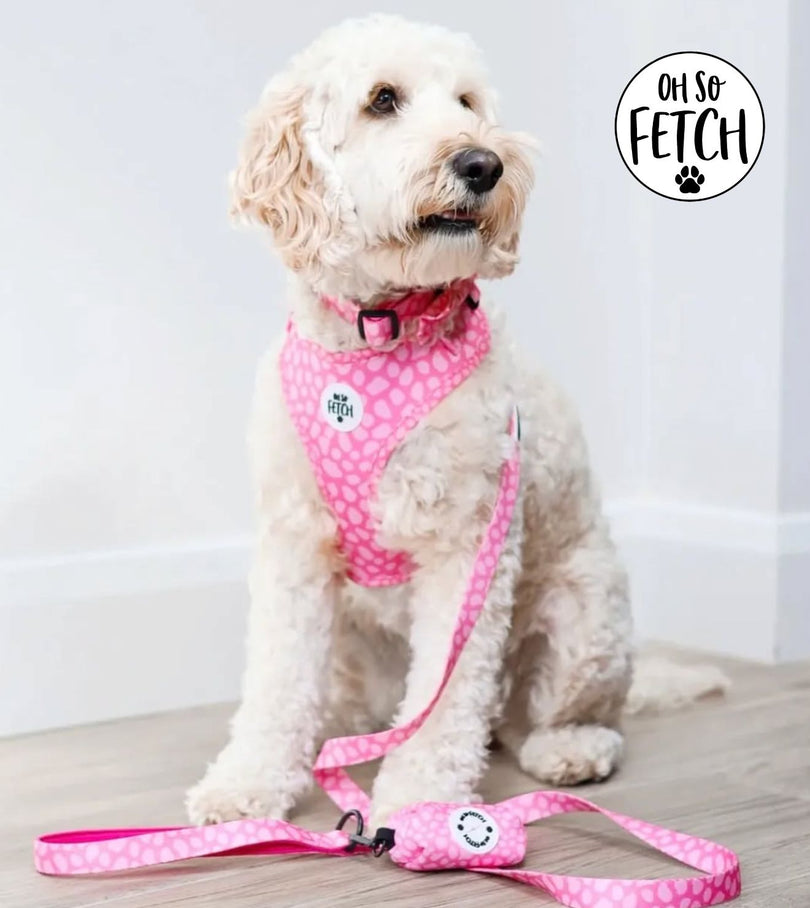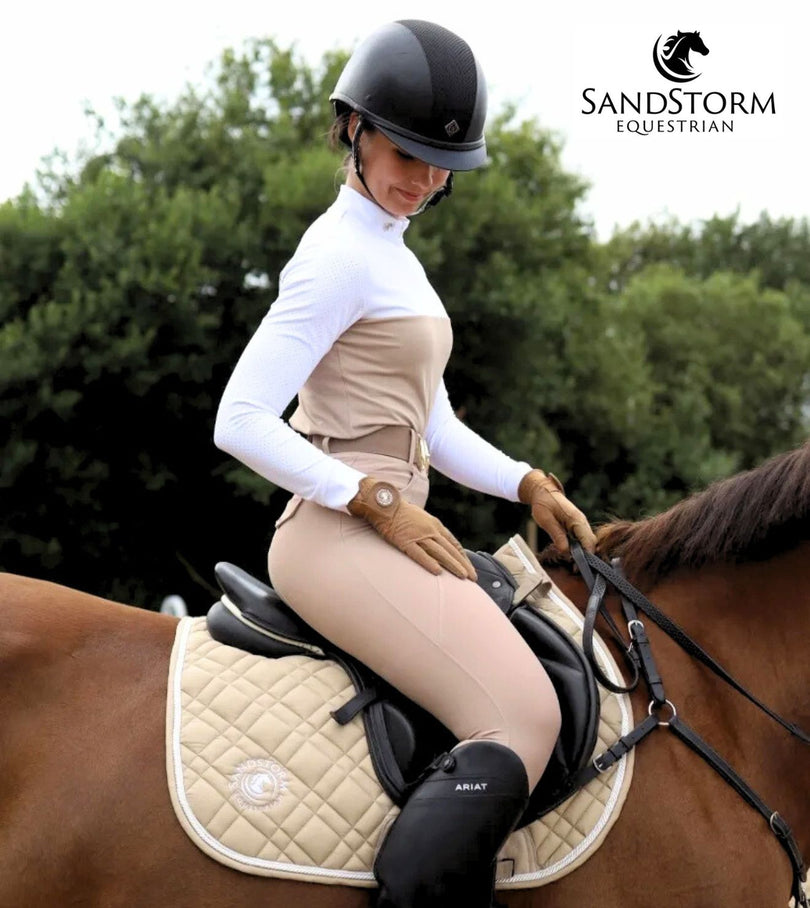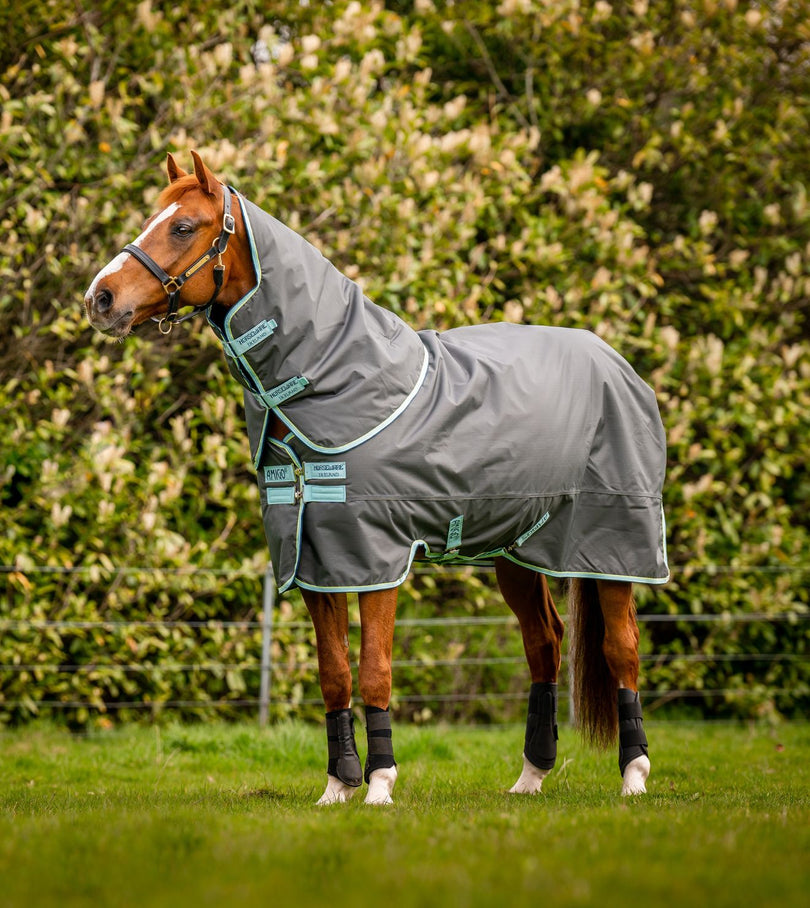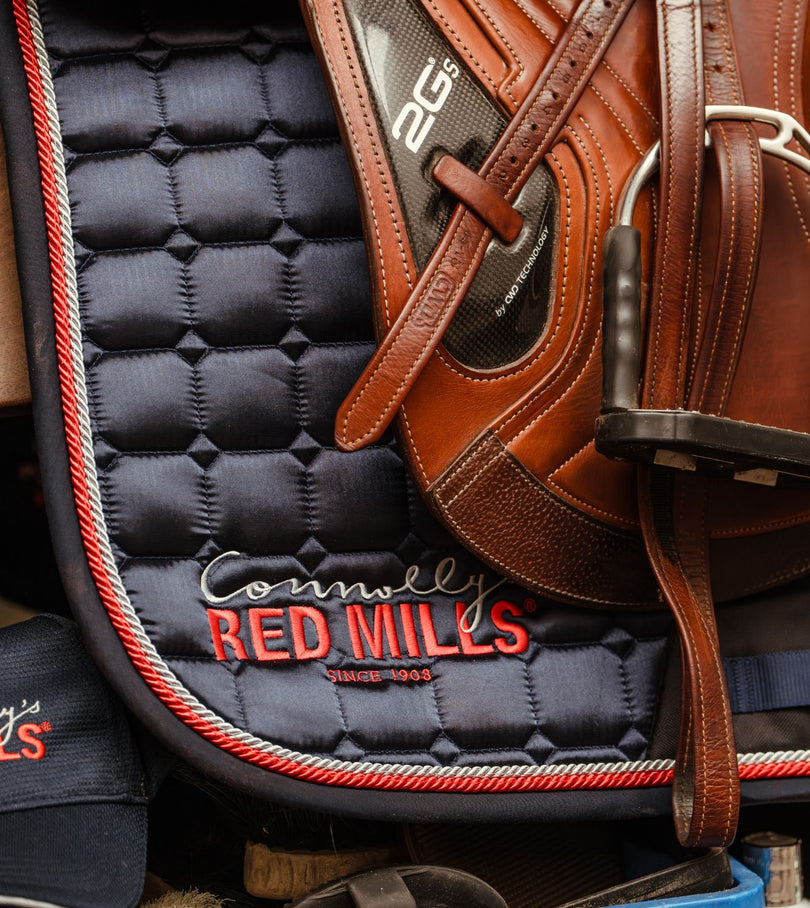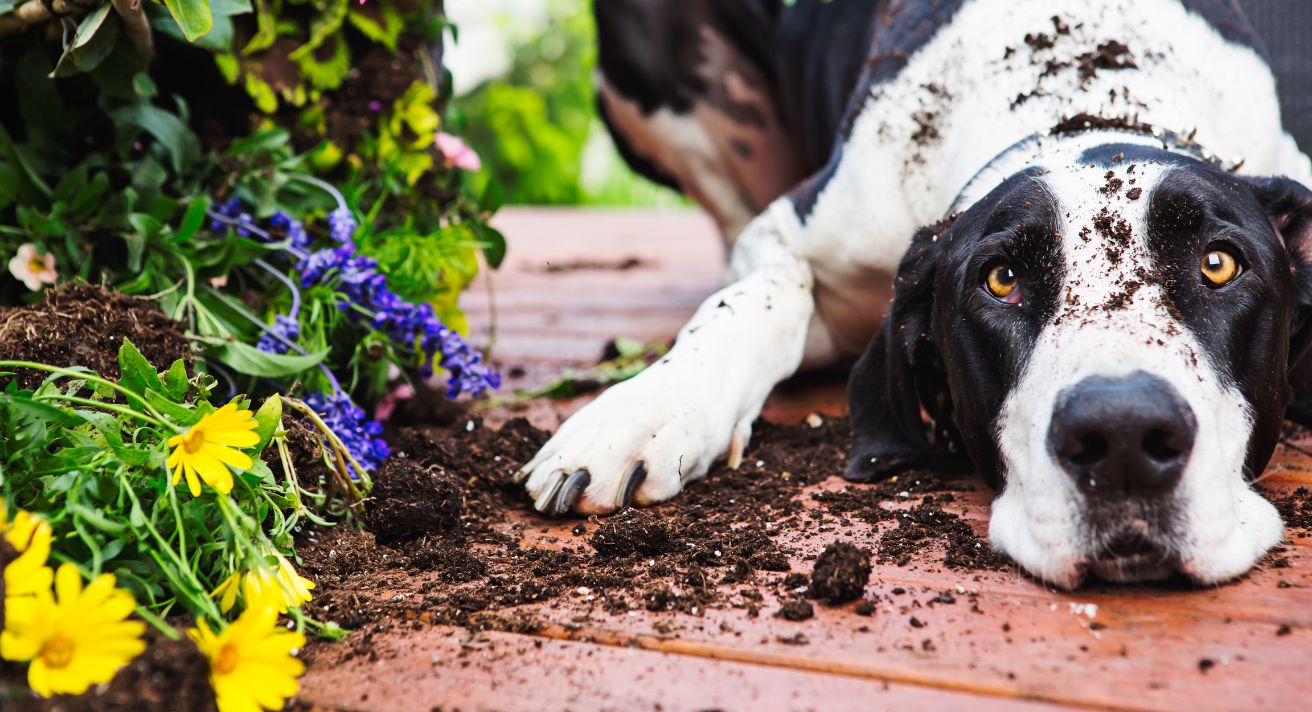Blog by Irene Hislop
Dogs love to be out in the garden. They enjoy exploring, sniffing, digging and even nibbling things. They’ll munch not only grass but other plants too, so pet parents need to be sure that whatever they plant in the garden is safe – especially for younger dogs who are more playful and tend to chew more.
Unfortunately, some really lovely plants are toxic to dogs. None of us want to plant poison in the garden where our dogs play, so here’s a quick guide to some of the more common toxic garden plants in Ireland and the UK. This list isn’t exhaustive, and many garden plants can make your dog sick if they eat too much of them.
Also – avoid the trend of using coconut shell or husks as mulch. It could be fatal to pets if they eat any.
Don’t Bark Up These Toxic Trees

Oak trees themselves are not a danger – but acorns and leaves are. So are horse chestnuts, aka conkers. Walnuts also pose a risk. Given how much dogs enjoy playing with anything that resembles a ball, it is best to avoid these beautiful trees in your garden. (And watch your dog carefully in parks in autumn.) Azalea is as lethal as it is pretty, and Rhododendron can also kill. If your dog nibbles any holly or ivy, they won’t be feeling very festive; both are toxic. Mistletoe berries are also extremely dangerous. Yew, spruce, juniper and boxwood should also be kept away from where your dog is allowed. Laburnum trees with their shower of golden flowers are stunning – but also toxic.
Pretty – But Poisonous – Flowers to Avoid
Lilies are lovely and smell divine, but they are also very seriously poisonous to dogs. Bluebells and snowdrops are a lovely sight along a walk through the spring woods, but take care your dog doesn’t nibble them. Daffodils look so sweet and wholesome, but they are deadly to dogs. You probably wouldn’t plant ragwort, but it is common in fields and even very small amounts can kill a dog. Avoid it like the plague.

Dog’s Trust has an extensive list of dangerous plants, from those that cause mild harm in large doses to those that are lethal in even tiny amounts. It is well worth bringing to the garden store if you are planning any new planting.
As much as dogs love routine, they are not always predictable creatures. It’s safe to assume puppies, like toddlers, will put anything in their mouth. But even very calm, older dogs can easily ingest a bit of a plant while sniffing and examining it if they get the scent of another animal on or near it. And some dogs simply walk along like a roving hoover, slurping up anything on their path.
We want our dogs to only eat the very best, but we know they are tempted by all kinds of things they shouldn’t eat. But with a little awareness and information, we can protect them from harmful plants in our gardens, on walks around the local area and on hikes in countryside.

